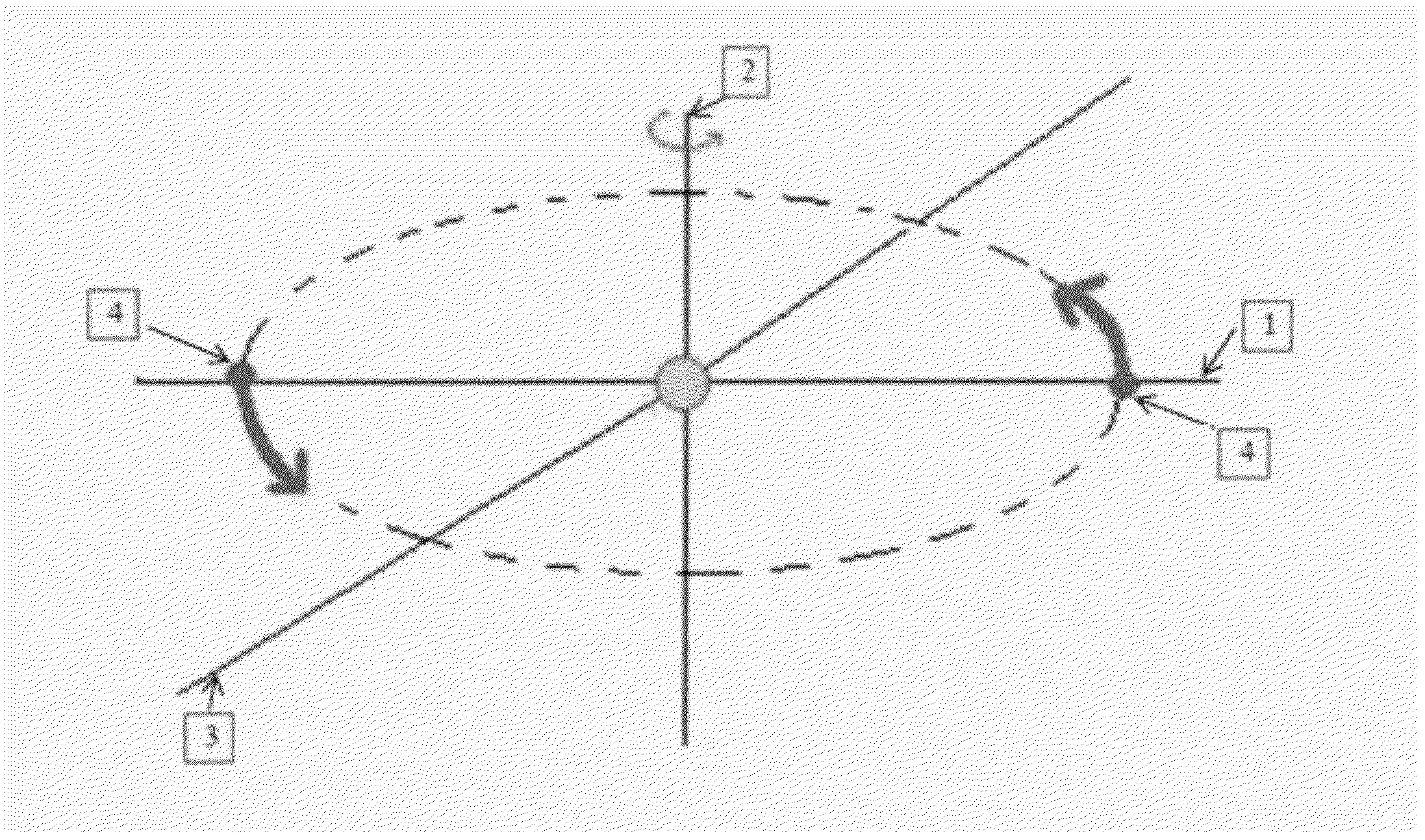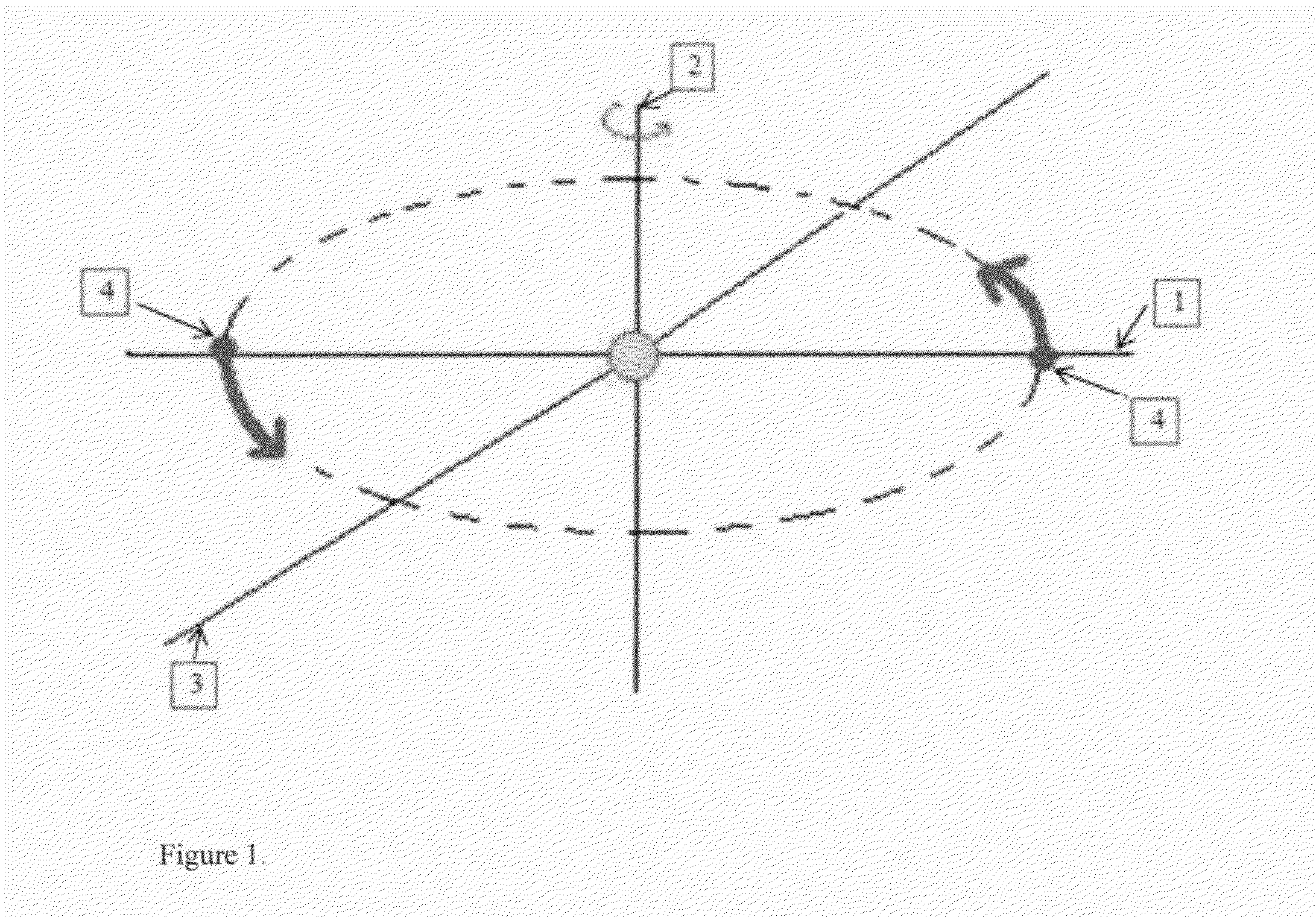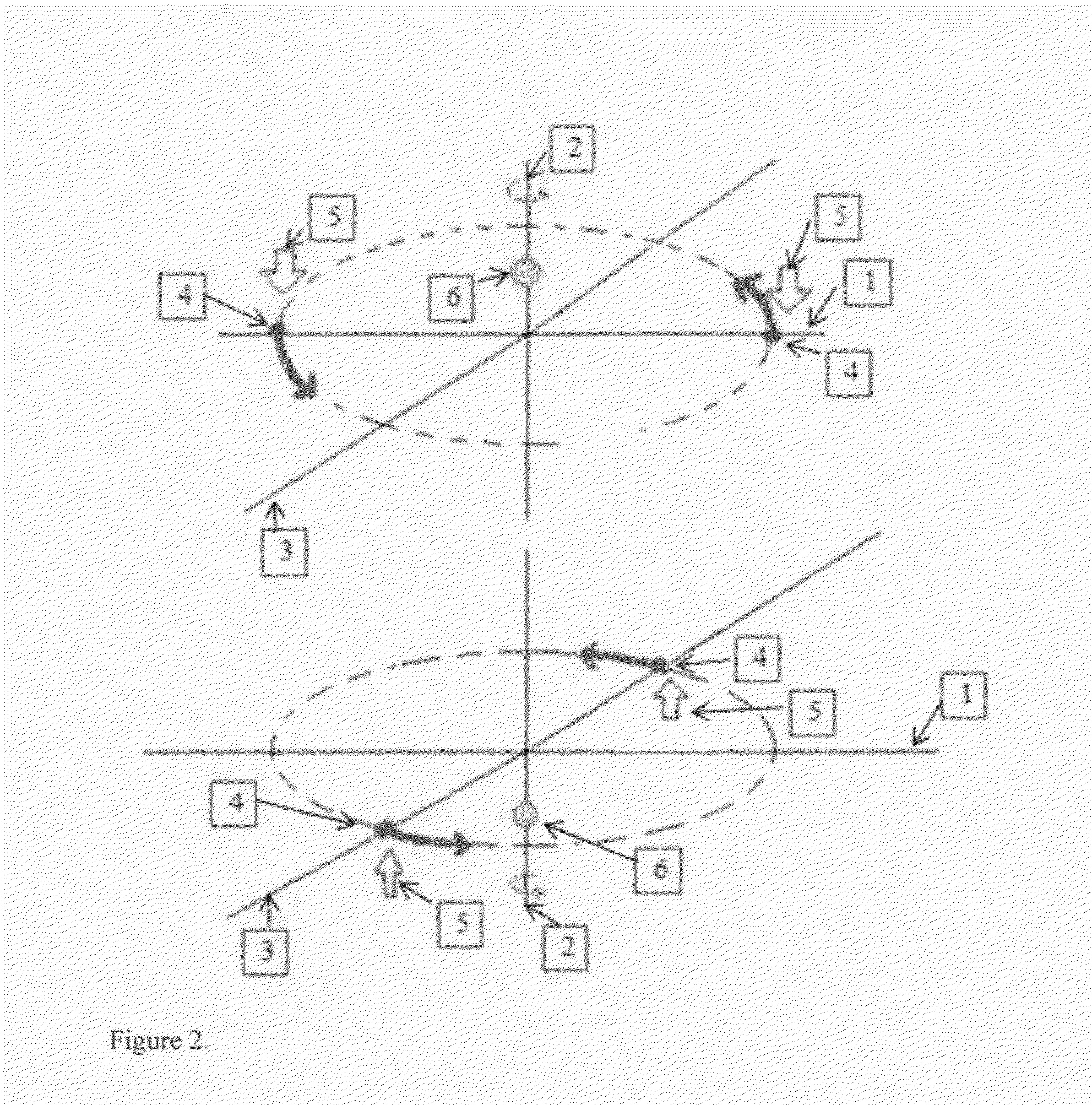Deuterium Reactor
a reactor and deuterium technology, applied in nuclear reactors, nuclear engineering, greenhouse gas reduction, etc., can solve problems such as the design of a practical energy source, and achieve the effect of increasing the reaction ra
- Summary
- Abstract
- Description
- Claims
- Application Information
AI Technical Summary
Benefits of technology
Problems solved by technology
Method used
Image
Examples
Embodiment Construction
[0018]A crystalline hydride made with deuterium nuclei (FIG. 1), while in a magnetic field strong enough to align the atoms' spins in the same direction (FIG. 2), hold the atoms in the desired position for them to preferentially fuse and form a helium atom (FIG. 3). The rate of fusion depends upon quantum tunneling of the deuterons through the non-singular potentials of the nearby protons and the electron of the other deuterium nuclei. The rate of quantum tunneling, and therefore, the rate of fusion is controlled by the alignment of the deuterium nuclei and by either changing the separation of the two deuterons, their relative velocity, or both. The specific separation of the nuclei is set by the crystalline lattice spacing but their relative vibration velocity is determined by the temperature of the crystalline lattice. Therefore, while the magnetic field provides the alignment and the primary means of controlling the fusion rate, the temperature provides an additional means of con...
PUM
 Login to View More
Login to View More Abstract
Description
Claims
Application Information
 Login to View More
Login to View More - R&D
- Intellectual Property
- Life Sciences
- Materials
- Tech Scout
- Unparalleled Data Quality
- Higher Quality Content
- 60% Fewer Hallucinations
Browse by: Latest US Patents, China's latest patents, Technical Efficacy Thesaurus, Application Domain, Technology Topic, Popular Technical Reports.
© 2025 PatSnap. All rights reserved.Legal|Privacy policy|Modern Slavery Act Transparency Statement|Sitemap|About US| Contact US: help@patsnap.com



